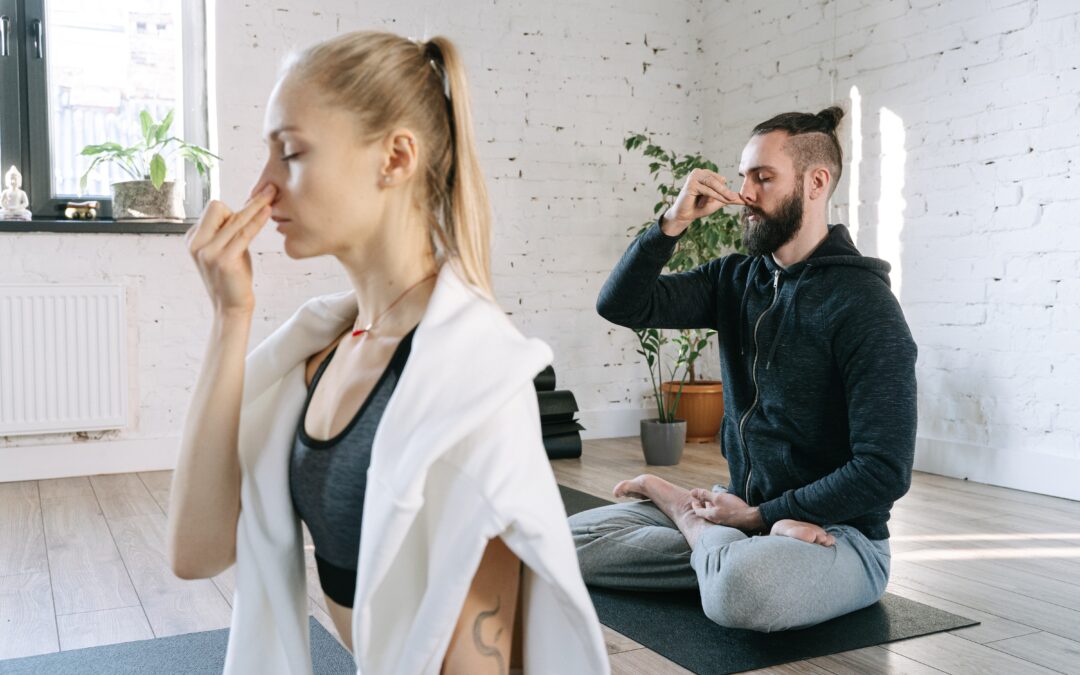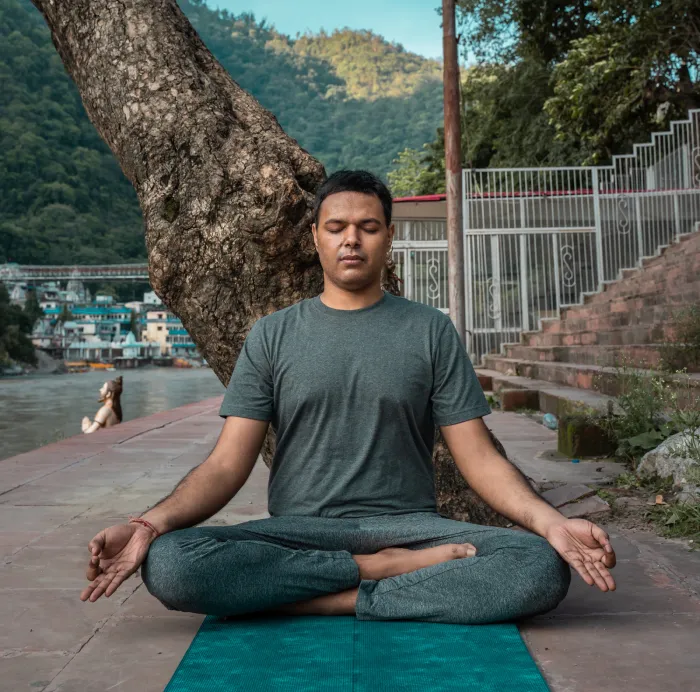Are you looking for a way to enhance your yoga practice and tap into deeper levels of mindfulness? Look no further than pranayama! This ancient breathing technique has been used for centuries to promote relaxation, reduce stress, increase focus, and improve overall well-being. In this blog post, we’ll explore the many benefits of incorporating pranayama into your daily yoga routine – so grab your mat and let’s get started!
Introduction to Pranayama
Pranayama is an ancient yogic practice that involves regulating the breath. The word ‘prana’ means life force or vital energy, and ‘ayama’ means control. Thus, pranayama is the control of the life force through the regulation of breath.
Pranayama is said to be beneficial for both the body and mind. It can help to improve respiratory function, increase lung capacity, and boost energy levels. Additionally, pranayama is thought to calm the nervous system and help to reduce stress and anxiety.
If you’re new to pranayama, start by practicing a few deep breaths each day. Once you’re comfortable with this, you can begin to explore more advanced techniques such as alternate nostril breathing and kapalabhati (breath of fire).
What are the Benefits of Pranayama?
Pranayama, or breath control, is an important part of yoga practice. There are many benefits to practicing pranayama, including reducing stress, improving lung function, and increasing energy levels.
When you practice pranayama, you are essentially training your body to better control its breathing. This can have a profound effect on your overall health and well-being. By reducing the amount of stress in your life, you can improve your immune system function and help to prevent diseases. Additionally, by improving your lung function, you can increase your energy levels and improve your overall fitness.
How to Incorporate Pranayama into Your Daily Practice
Pranayama is an essential part of a daily yoga practice. It is a type of breathing exercise that helps to control the breath and improve overall respiratory function. There are many different types of pranayama, but all involve controlled breathing through the nose.
Pranayama can be incorporated into your daily yoga practice in a number of ways. One way is to simply set aside some time each day to devote specifically to pranayama. This can be done first thing in the morning or at night before bed. Alternatively, you can integrate pranayama into your asana practice by doing a few rounds of each breath exercise between poses.
Whatever method you choose, be sure to start slowly and gradually increase the length and depth of your breaths as you become more comfortable with the exercises.
Techniques and Exercises for Pranayama
Pranayama is an essential component of any yoga practice. By controlling the breath, pranayama practitioners can control the flow of energy throughout the body, which leads to a host of benefits both physical and mental.
There are many different techniques and exercises that can be used to practice pranayama. Some common ones include:
1. Alternate Nostril Breathing: This technique involves alternately blocki ng one nostril and then the other while inhaling and exhaling. This helps to balance the flow of energy within the body.
2. Ujjayi Breath: Also known as ‘victorious breath,’ this technique involves making a slight sound with each inhale and exhale, which helps to focus the mind on the breath.
3. Kapalbhati Pranayama: This technique involves forcing a quick exhalation through both nostrils in a pulsing motion, followed by an inhalation that is relaxed and smooth. This method helps to improve circulation, digestion and mental clarity.
4. Bhramari Pranayama: This technique requires making a humming noise with each inhalation and exhalation while focusing on your breath. This practice encourages relaxation and can help alleviate stress.
5. Nadi Shodhana Pranayama: Also known as ‘alternate-nostril breathing’, this exercise requires alternating between left and right nostrils while inhaling and exhaling slowly and deeply for several minutes at a time. This practice can help to calm the mind, reduce anxiety, and promote feelings of peacefulness.
Tips for a Successful Pranayama Practice
In order to get the most out of your pranayama practice, it is important to follow some simple tips. First and foremost, make sure that you are comfortable and relaxed. If you are tense or anxious, it will be difficult to focus on your breath. It is also important to find a quiet place where you will not be interrupted. This will allow you to focus more easily on your breath.
Once you have found a comfortable place to practice, sit up straight with your spine tall and shoulders relaxed. You can either sit cross-legged on the ground or in a chair with your feet flat on the floor. Place one hand on your stomach and the other on your heart. Close your eyes and begin to focus on your breath.
Start by inhaling slowly and deeply through your nose. Fill your lungs completely and then exhale slowly through your mouth. As you exhale, feel your stomach move inward as all the air is released from your lungs. Continue this pattern of breathing for several minutes, letting your mind focus only on your breath.
If you find that you are struggling to focus or that your mind is wandering, simply bring your attention back to your breath. Remember that there is no right or wrong way to do pranayama – just breathe and let go of any expectations or goals for the practice. Simply being present with your breath is enough.
Conclusion
Pranayama is a powerful tool to gain control of your breath and the energy within your body. With regular practice, you can use pranayama to become more mindful of your breath, calm the mind, and increase energy levels. Incorporating this important yogic discipline into your daily yoga practice provides many benefits that are sure to improve both physical and mental health. Whether you’re just beginning a yoga journey or looking for ways to expand an existing practice, adding Pranayama may be the perfect way to take it up a notch!











